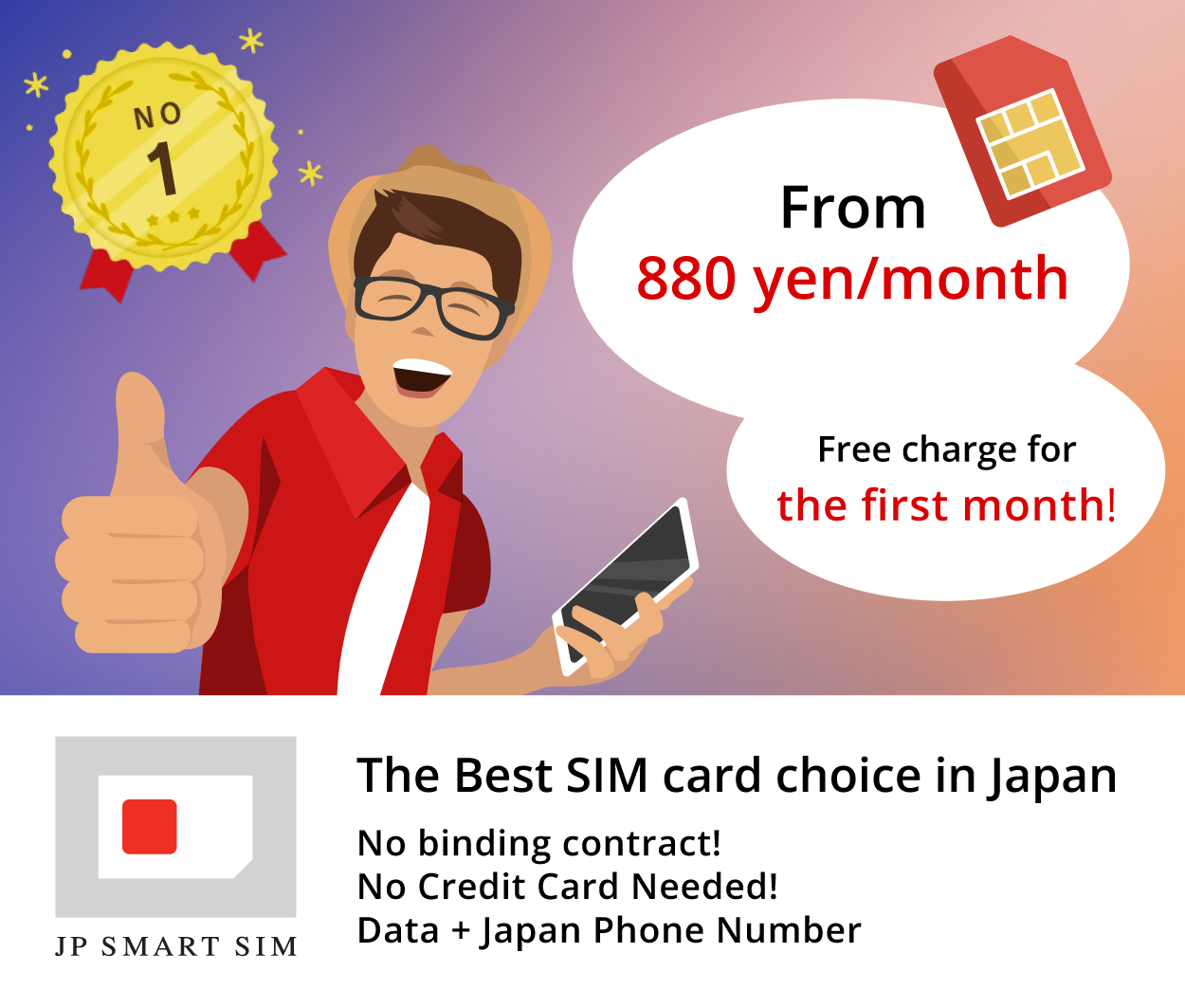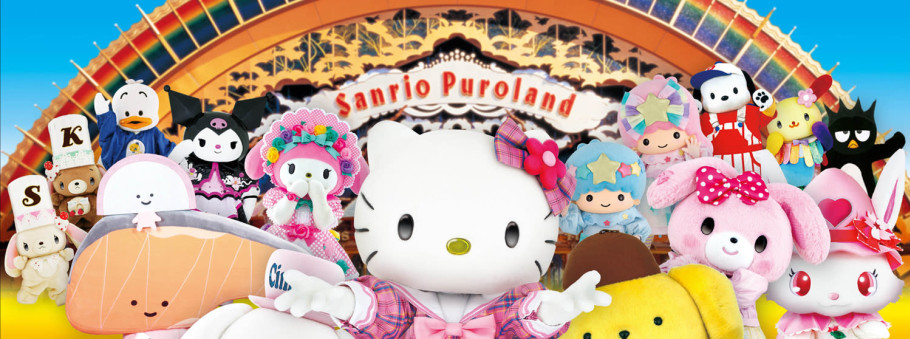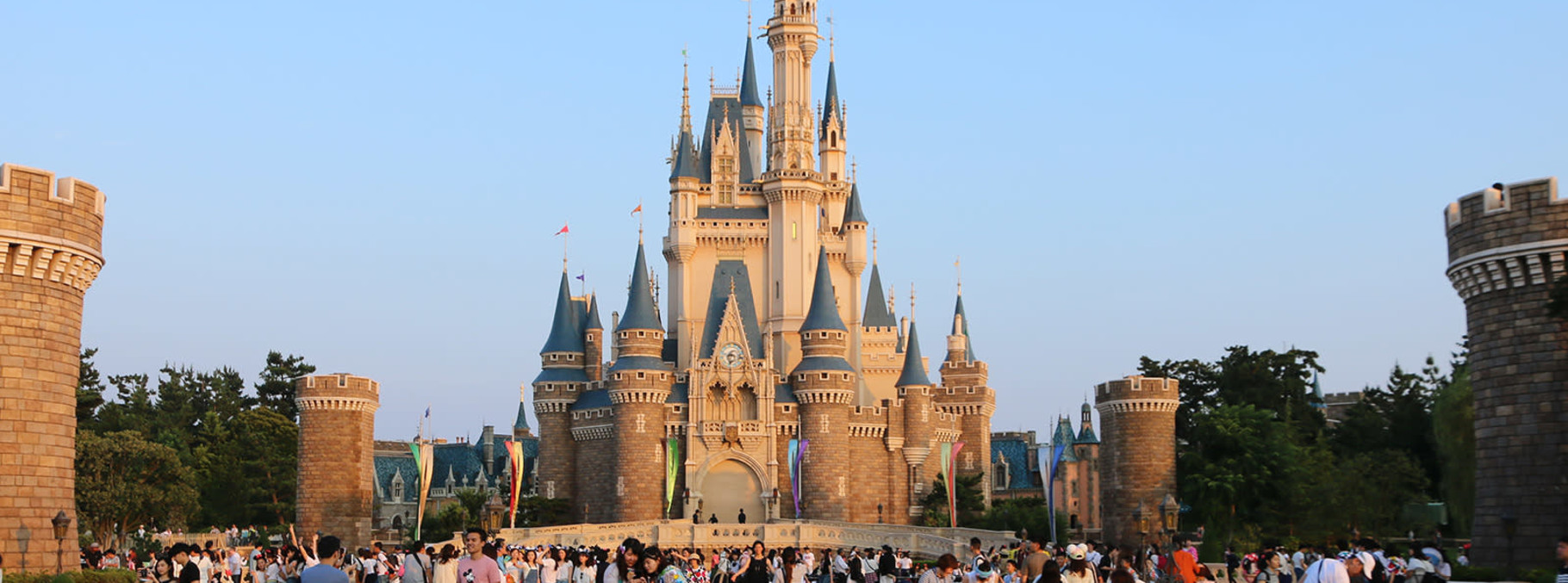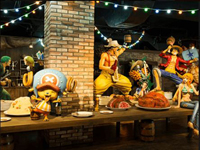Nezu Shrine


Original buildings since Edo era
The main hall was built by Edo's 5th Shogun in 1706. It is a precious space with buildings including the main hall, Heiden, Haiden, Sukibei, Karamon, Nishimon, and Romon (gates) all in their original state as when they were built. Viewers can admire the traditional Japanese-style architecture and artistic techniques employed in these masterpieces.

Traditional annual festival in September
The shrine's annual festival, which is said to be one of the Three Great Edo Festivals, is held every year between mid- to late September. In this traditional festival that was established by the 6th Shogun in 1714, dances are performed as an offering to god and a mikoshi (portable shrine) is carried around.

(Source: ひできかわ村通信室)
Azalea garden in spring
The Bunkyo Azalea Festival goes on from around mid-April to the beginning of May. The Azalea garden inside Nezu Shrine's property spans across approx. 6,500 square meters and has around 3,000 azalea plants of 100 species. During the festival period, it adopts a lively atmosphere with tea stalls and food stands.


Original buildings since Edo era
The main hall was built by Edo's 5th Shogun in 1706. It is a precious space with buildings including the main hall, Heiden, Haiden, Sukibei, Karamon, Nishimon, and Romon (gates) all in their original state as when they were built. Viewers can admire the traditional Japanese-style architecture and artistic techniques employed in these masterpieces.

Traditional annual festival in September
The shrine's annual festival, which is said to be one of the Three Great Edo Festivals, is held every year between mid- to late September. In this traditional festival that was established by the 6th Shogun in 1714, dances are performed as an offering to god and a mikoshi (portable shrine) is carried around.

(Source: ひできかわ村通信室)
Azalea garden in spring
The Bunkyo Azalea Festival goes on from around mid-April to the beginning of May. The Azalea garden inside Nezu Shrine's property spans across approx. 6,500 square meters and has around 3,000 azalea plants of 100 species. During the festival period, it adopts a lively atmosphere with tea stalls and food stands.







